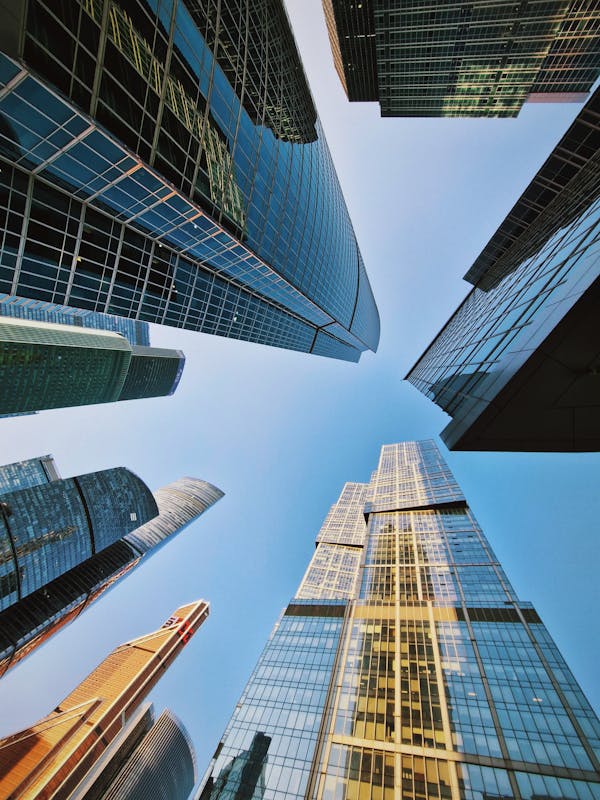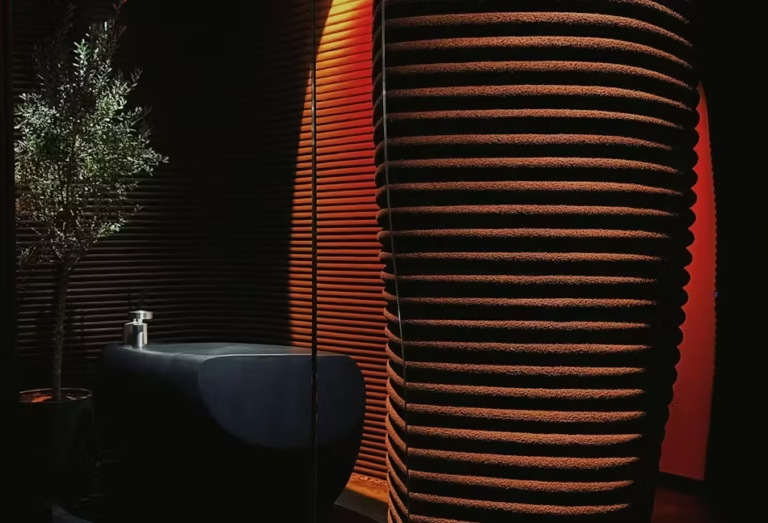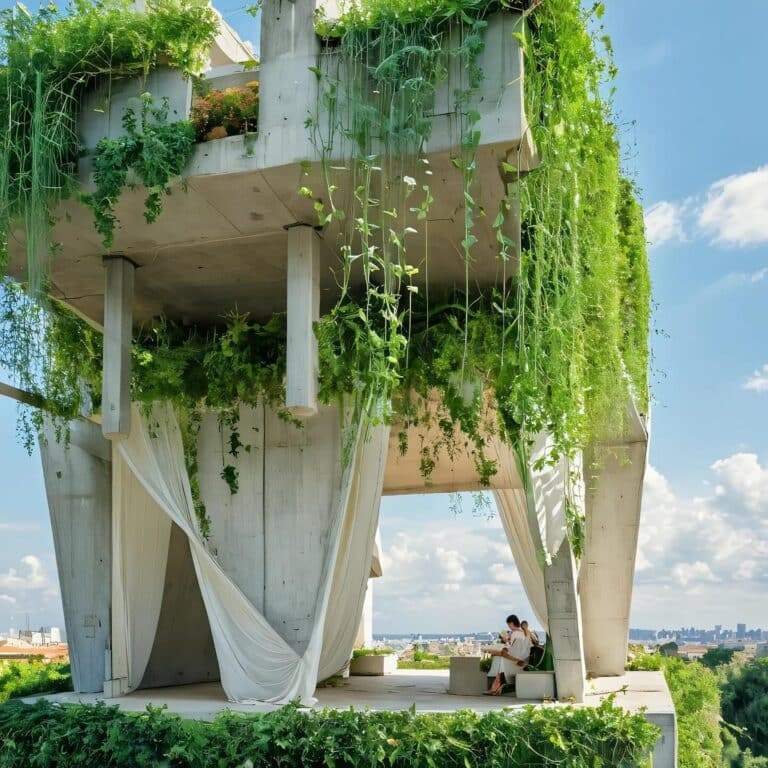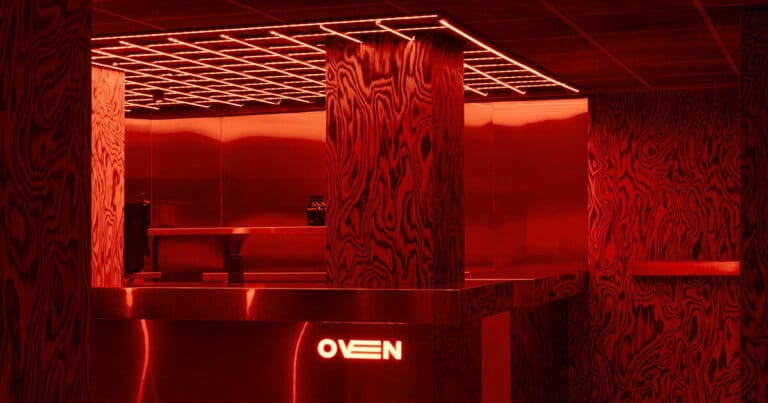Steel Structures How Metal Revolutionized Modern Architecture
Steel didn’t just improve construction it transformed it, especially with the development of steel structures. It reshaped skylines, redefined speed and efficiency, and introduced a new era in architecture. But how did it all begin? And where are we now in this ever-evolving story of metal in design?
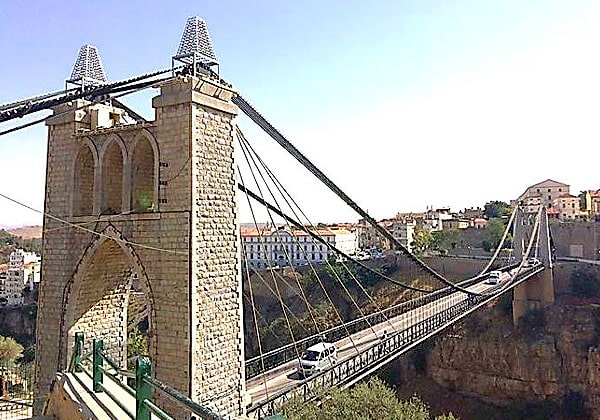

From Bridges to Skyscrapers The Rise of Steel in Construction
Metal has been used in construction for centuries, but the real breakthrough came in 1778 with the Severn Bridge in England the world’s first iron bridge. This wasn’t just an engineering feat; it marked the dawn of a new era in structural design.
As industrial advancements took hold, monumental structures followed, such as:
- The Bosphorus Bridge, connecting two continents.
- The Constantine Suspension Bridge, defying challenging terrain.
These iconic works would have been impossible without steel, which unlocked the dream of building upwards rather than outwards paving the way for modern skyscrapers.

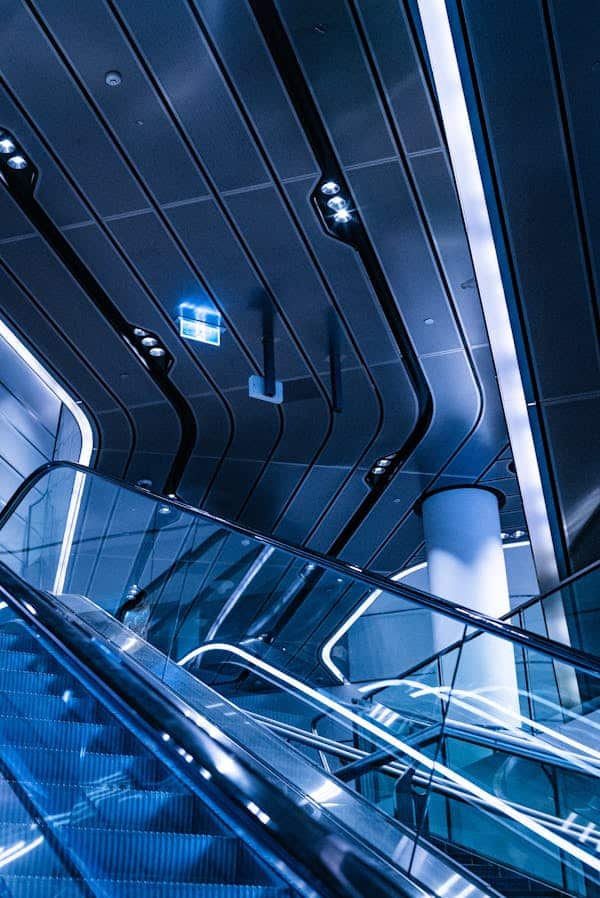
What Are Steel Structures?
Steel structures are buildings constructed with steel frames instead of traditional concrete. They rely on vertical columns and horizontal beams to form a robust load-bearing skeleton. Roofing and wall systems are then attached to this frame.
You’ll commonly find steel structures in:
- Bridges
- Warehouses and industrial facilities
- Towers and high-rises
- Sports arenas and temporary halls


Why Steel? Advantages That Speak for Themselves
Steel isn’t just strong it’s smart. It offers a rare combination of durability, flexibility, and efficiency that architects and engineers love.
Key Benefits:
- Easy to inspect and maintain: Any structural issue like bending or expansion is visible and quickly fixable.
- Lightweight: Lighter than concrete, which means less pressure on foundations.
- Fast assembly: Prefabricated parts are easy to install on-site, cutting project timelines.
- Reusable: Steel frames can be disassembled and reused in new locations.
- Weather resistant: Performs well under extreme heat or freezing temperatures.
But It’s Not All Perfect
Despite its strengths, steel has its challenges most of which can be solved with proper planning and protective treatments:

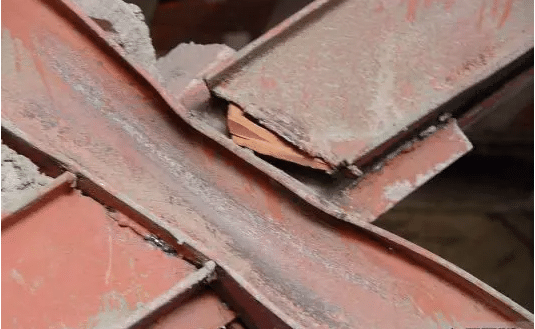
| Challenge | Details & Solutions |
|---|---|
| Corrosion (Rust) | Needs protective coatings or galvanization. |
| Loss of strength in heat | Starts weakening above 600°C; fire-resistant insulation is a must. |
| Ongoing maintenance | Exposed frames require regular checks and repainting. |
| Not ideal for coastal areas without protection | Salt accelerates corrosion; extra care is needed. |
Key Components of Steel Structures
Steel structures are built from interdependent elements, each playing a vital role:
1. Main Steel Frame
The structural backbone columns and beams that carry the full building load.
2. Secondary Frame
Elements like purlins, used to support wall and roof cladding systems.
3. Cladding Panels
Usually made of galvanized, scratch-resistant steel sheets often coated with zinc or aluminum for extra protection.

4. Protective Coatings
The most common is red oxide primer, applied in layers of at least 35 microns to shield steel from moisture and rust.
5. Openings (Doors & Windows)
Often steel or aluminum, installed with welding or bolted systems.
6. Interior Walls
Flexible and easy to rearrange, ideal for adaptive space planning.
7. Flooring
Often made from metal decking, topped with insulation or finished layers as needed.

Why Do Architects Love Steel?
It all comes down to the stress-strain curve, which shows how much steel can endure before failure. Unlike brittle materials, steel deforms gradually under pressure giving time for corrective action before a collapse.
| Material | Strength | Flexibility | Fire Resistance |
|---|---|---|---|
| Concrete | Moderate | Low | Excellent |
| Steel | High | Excellent | Weak (needs treatment) |
Technology is Shaping the Future of Steel Construction
Steel structures have evolved not just in form, but in the way we design and build them. Thanks to modern tech, construction is becoming more precise and efficient than ever.
| Technology | Use Case |
|---|---|
| BIM (Building Information Modeling) | Enables accurate planning and management. |
| Virtual Reality (VR) | Allows clients to walk through the design before building. |
| 3D Printing | For producing complex steel parts with high accuracy. |
| Industrial Robots | For efficient fabrication and on-site assembly. |

Real Life Visuals
To visualize steel in action, imagine:
- A busy construction site with exposed steel beams and workers assembling them.
- An aged structure with visible rust and corroded panels.
- A sleek, modern building with steel and glass facades.
- An elegant interior that combines steel frames with wooden accents.
In Conclusion Steel Is the Architecture of Tomorrow
Steel isn’t just another building material it’s the foundation of a new architectural mindset, where speed, strength, and adaptability make it the go to choice for complex and large scale projects; and with technological progress accelerating, its potential is far from exhausted in a world that values speed, sustainability, and innovation, steel stands out not just as a material, but as a complete structural solution shaping the present and building the future.
From the Eiffel Tower’s iron lattice completed in 1889 to the structural frame of the Burj Khalifa finished in 2010, steel has continuously redefined what architecture can achieve. As a material, it delivers remarkable performance, with a tensile strength ranging between 400 and 550 megapascals nearly ten times greater than that of concrete in tension. According to the World Steel Association, over 1.87 billion metric tons of steel were produced globally in 2023, with the construction industry accounting for more than 50% of this volume.
Landmark buildings such as the Chrysler Building in New York, the Willis Tower in Chicago, and the Hearst Tower by Foster Partners all showcase how steel enabled architects to build taller, lighter, and more expressively. The ability to prefabricate steel components off-site, combined with the material’s recyclability rate exceeding 90%, makes it not only efficient but also highly relevant in the era of sustainable building.
As the industry evolves toward greener practices, hybrid construction methods that blend steel with timber or low carbon concrete are gaining popularity confirming that steel is not just a symbol of modernism’s past, but a core material shaping the architecture of the future.

